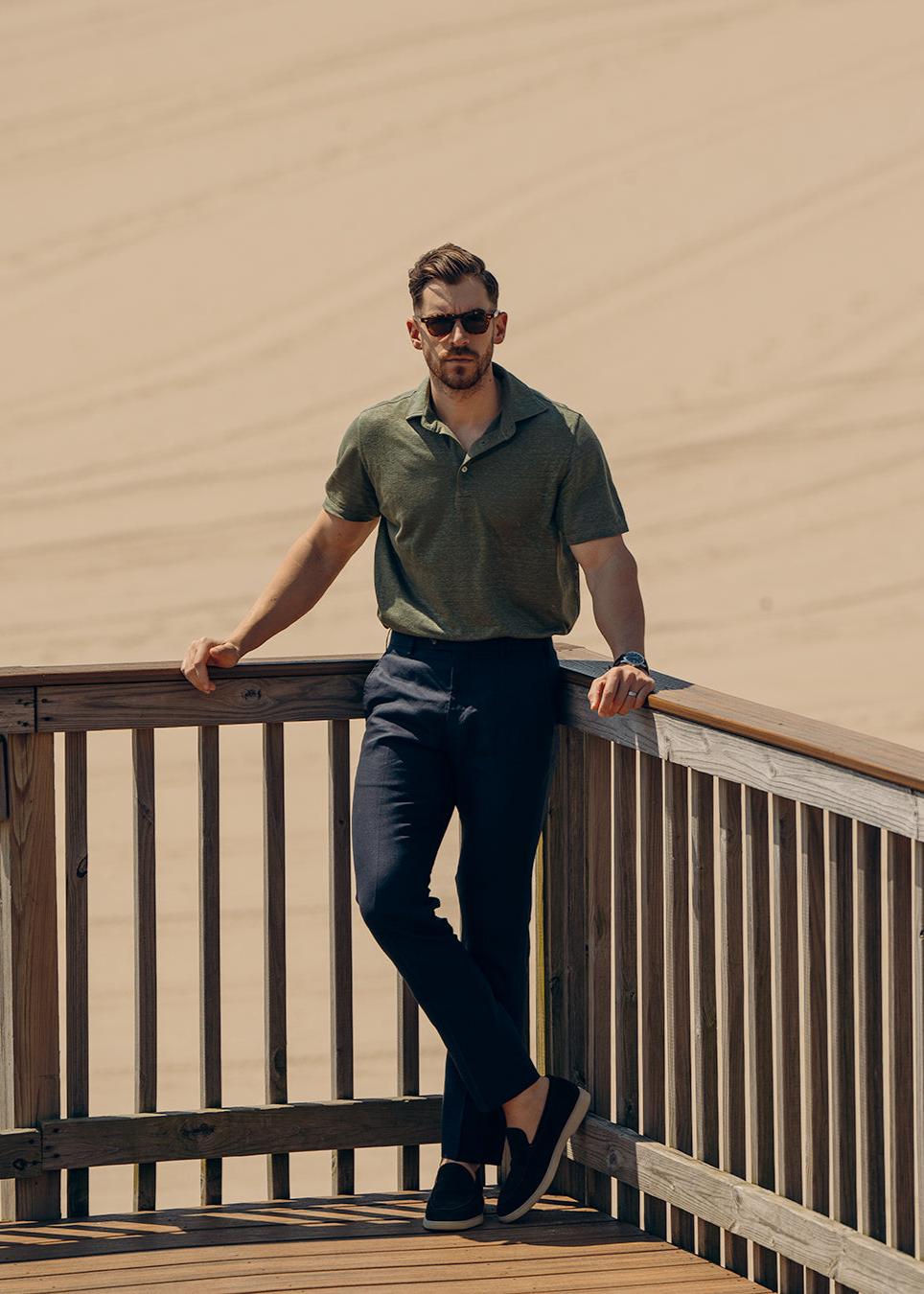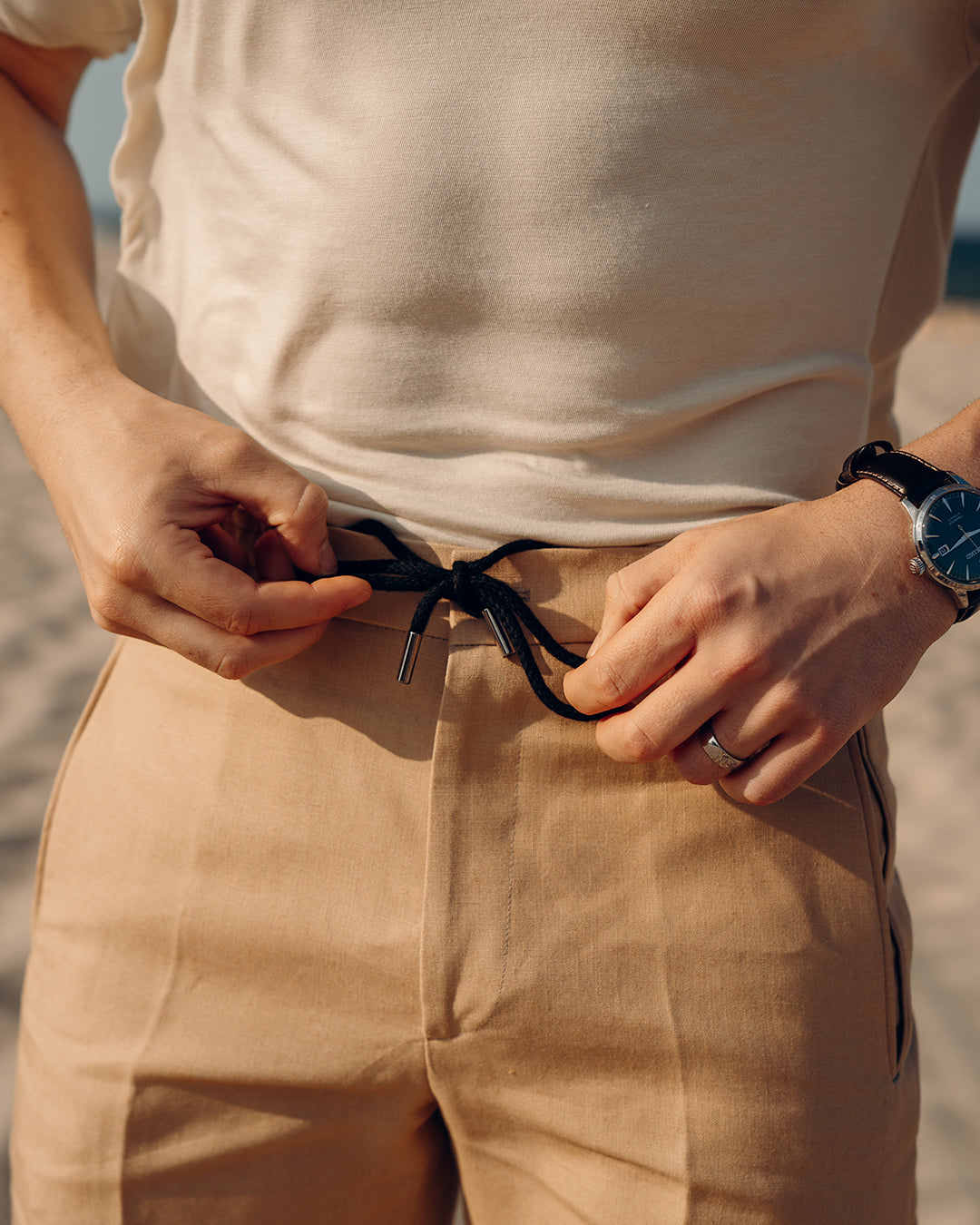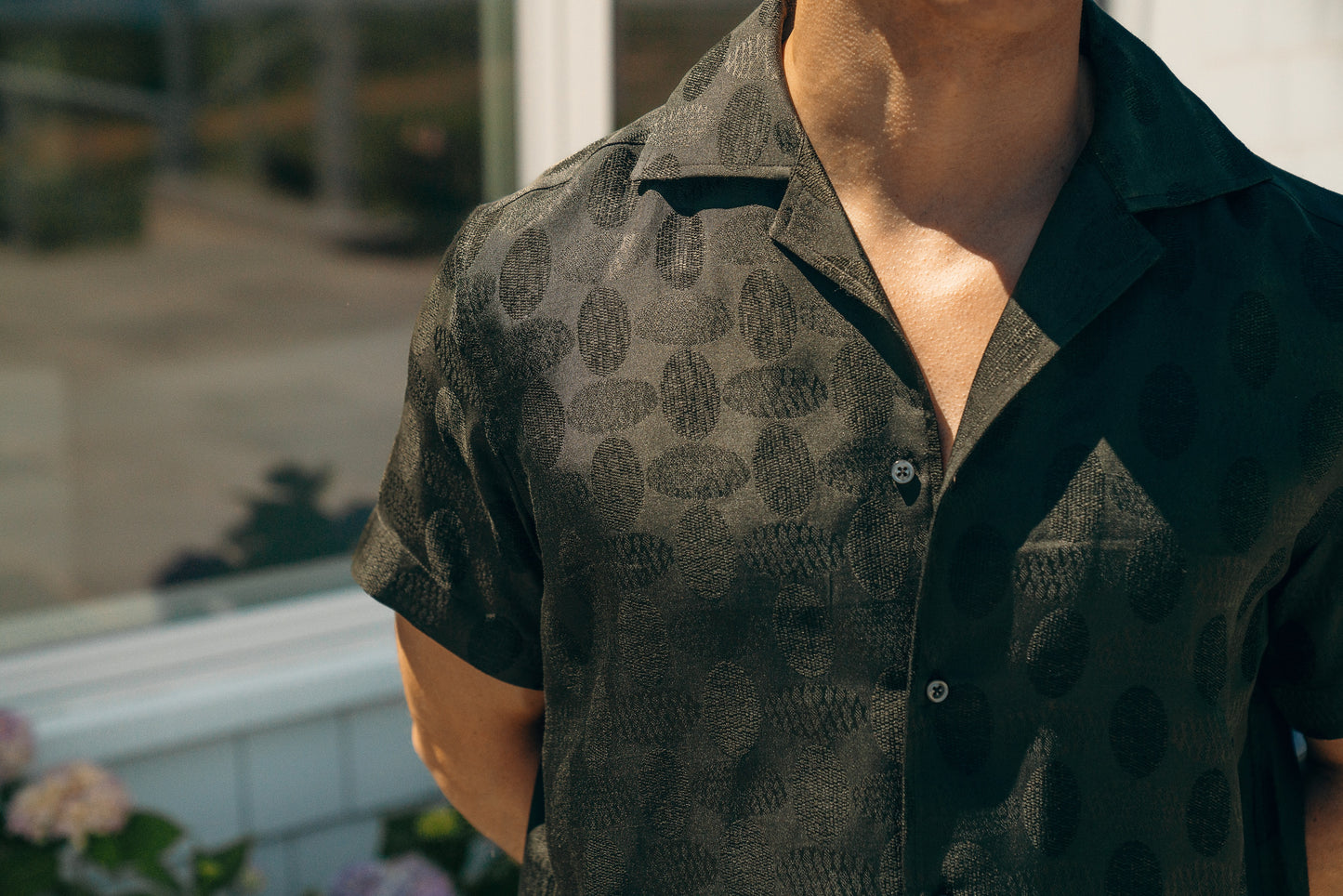
The environment.
The term, particularly when used in the context of “saving the environment,” often prompts a visceral reaction. And while there are nuances, exceptions, and disagreements on environmental policy, what causes environmental damage, and how best to save the environment, I imagine that one would have to search pretty extensively to find someone who is fundamentally anti-environment. Someone who just hates clean air, trees, bunnies, and wants his or her tombstone to read, “Here lies Mr./Ms./Mrs. “X,” pro-swag yet anti-environment by principle.”
The point being, the majority of rational human beings are of the mindset that environment = good and many of us even make sacrifices in accordance with this belief (e.g. recycling). However, while these are arguably sacrifices worth making, they are, sacrifices. It takes a little extra time and effort to separate plastics from the rest of your trash.
In similar fashion (pun intended), for a long time, consumers looking to buy eco-friendly clothing have had to make sacrifices, whether welcome or unwelcome. Eco-friendly fabrics were limited and often less durable, lighter weight, and even, inferior. But what if we lived in a world where we didn't need to make sacrifices...a world in which I am not only the charming and witty man I am today, but also dashingly handsome.
Well, while I'm not getting any more handsome, Tencel is an eco-friendly fabric that doesn't require designers, manufacturers, or consumers to make any sacrifices. In fact, not only does Tencel not require sacrifices. In many ways, it's better than its less eco-friendly alternatives.
So, what exactly is Tencel?
Tencel is a branded version of lyocell, a biodegradable fiber made of wood pulp. In the case of Tencel, this pulp is most often harvested from the wood of eucalyptus trees.
The Tencel production process begins when wood pulp from eucalyptus trees is treated to form a cardstock, paper-like substance, which is subsequently sent to a fabric production factory. At the factory, this substance is dissolved in a hot, amine oxide solvent to yield a clear, viscous solution. This solution is then filtered and spun through a spinneret, a stainless steel device with tiny holes in it, and in the process, forms long fibers that are placed in a bath with a dilute version of amine oxide solvent. After this treatment, the fibers are washed, dried, and lubricated, before being spun into yarn for use by itself, or in combination with other materials (i.e. cottons).
But what makes Tencel appealing to the tree hugger in all of us?
- Unlike in the production of other fibers, no toxins are used in the production of Tencel. The eucalyptus wood pulp is dissolved in a toxin free and organic solution.
- The whole production process is a “closed loop process,” meaning that the non-toxic solvent is recycled. This allows for minimal emissions to the environment and a greater conservation of the Earth's resources. In fact, more than 99% of the solvent is recovered and reused.
- This closed looped system captures and purifies all water and air used in the process before returning them to the environment.
- The eucalyptus trees used in the production process are grown in forests that are socially and environmentally responsible, earning certification and endorsement from the Forest Stewardship Council.
But enough about the environment. Let's get to clothing. After all, I did say that Tencel is, in many ways, better than its alternatives.
Well, I did not lie. Tencel fibers are superior in many ways.
Tencel fibers have the highest tenacity rating of all man-made cellulose fibers. And how does this matter?
Well, for starters, it means that Tencel retains its original dye or hue exceptionally well, whether wet or dry. In fact, it does so better than all of its competitors and it does so to the extent that it is virtually immune to the typical fading and color loss experienced after laundering.
This tenacity, or strength, also means that garments made with Tencel fibers won't have the light colored stripes that appear after washing or ironing garments made of other fibers.
And from a designer's perspective, Tencel's ability to retain original hue makes it particularly attractive for the purposes of blending. Using as little as 30% Tencel in a garment gives the garment an evenly dyed appearance with dye characteristics similar to those of a 100% Tencel garment. As a result, Tencel is often blended with natural fabrics like cotton and wool.
But it doesn't end there.
Tencel fibers, which, as detailed above, can be traced back to eucalyptus trees, benefit from the absorption properties of these trees. Unlike synthetic materials, fibers made from wood pulp from trees pull in moisture from the body and release it, eliminating bacteria growth, enhancing breathability, and reducing BO. Furthermore, Tencel's tiny fibrils optimize moisture transportation, leaving the space between one's body and their garments dry, and giving Tencel ideal thermo regulating properties. So those summertime pit stains will no longer haunt you.
Finally, Tencel is versatile and quite simply, feels good. Its nanofibrils make it a uniquely easy fiber to be altered to create denim, silk, or suede and it is particularly smooth and soft, comparable to soft cottons and silks. These attributes, coupled with its moisture management system, and lack of chemicals and skin irritants, combine to make the powerhouse that is, Tencel.
We all love the environment and many of us even make sacrifices to preserve it but Tencel allows us to cut our cake and eat it too and to borrow from A Tribe Called Quest, that's, “like butter...not no Parkay...strictly butter.”




